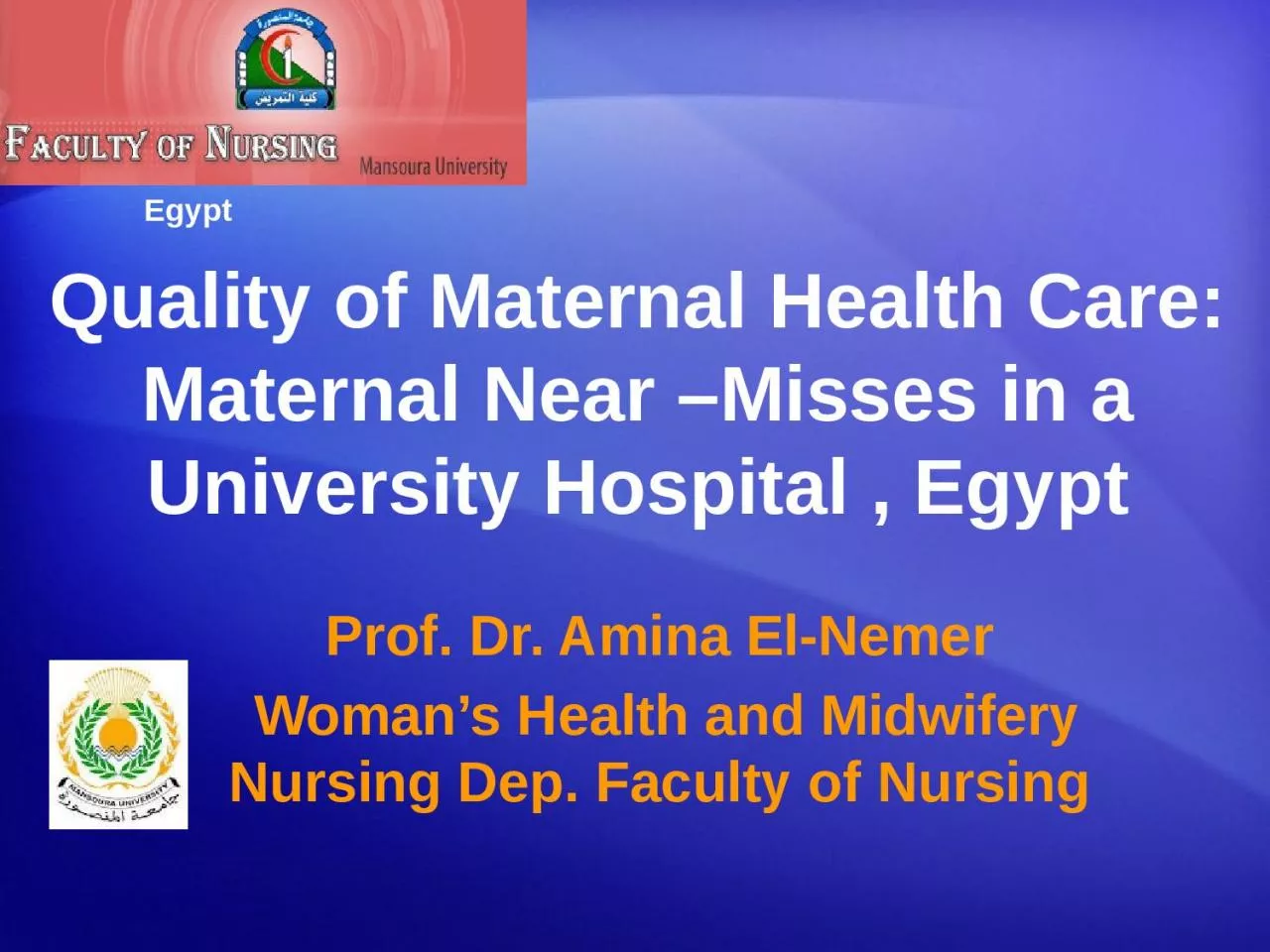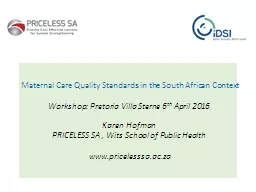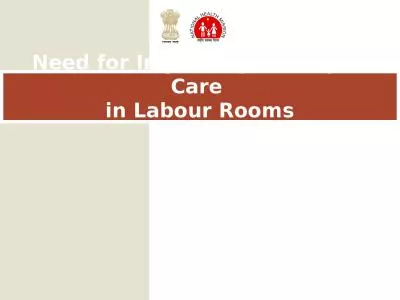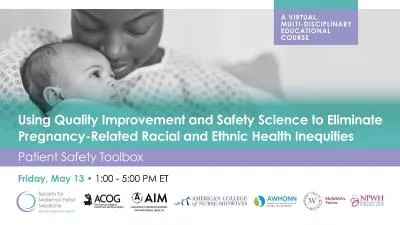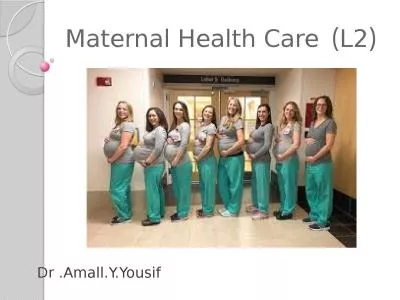PPT-Quality of Maternal Health Care: Maternal Near –Misses in a University Hospital ,
Author : erica | Published Date : 2024-02-03
Egypt P rof Dr Amina El Nemer Womans Health and Midwifery Nursing Dep Faculty of Nursing Egypt Nursing amp Healthcare Nov17192014 Chicago USA Train bridge
Presentation Embed Code
Download Presentation
Download Presentation The PPT/PDF document "Quality of Maternal Health Care: Materna..." is the property of its rightful owner. Permission is granted to download and print the materials on this website for personal, non-commercial use only, and to display it on your personal computer provided you do not modify the materials and that you retain all copyright notices contained in the materials. By downloading content from our website, you accept the terms of this agreement.
Quality of Maternal Health Care: Maternal Near –Misses in a University Hospital ,: Transcript
Download Rules Of Document
"Quality of Maternal Health Care: Maternal Near –Misses in a University Hospital ,"The content belongs to its owner. You may download and print it for personal use, without modification, and keep all copyright notices. By downloading, you agree to these terms.
Related Documents

